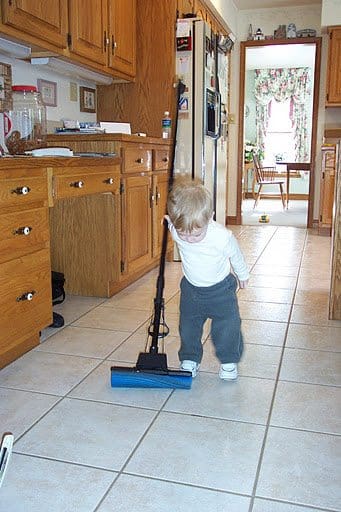Have you ever asked your child to walk while holding their glass of milk back to the table? “Dual tasking” or doing two things a once can sometimes be a difficult task and occasionally can lead to some spilled milk! Walking has been thought to be an automatic activity. However, recently studies have shown that walking actually requires attention and that people change their walking pattern when performing a dual task.
A study published in 2007 examined pre-school children ages 4 to 6 and their ability to perform easy and difficult dual tasks. They examined the changes in the children’s walking performance while walking normally, walking while performing a motor task (carrying a tray with or without marbles), and walking while completing a cognitive task (counting forwards or backwards). The results of this study show that in typically developing children walking is affected by carrying out a simultaneous task. Children need to create stability to carry out the dual task and therefore widened their stance, take shorter steps, spend more time with both feet on the ground and slow down their walking speed in order adjust to the task. This demonstrates that children have decreased walking efficiency and compromised balance while they carry out either a motor or cognitive task.
Walking while performing a concurrent task occurs commonly and frequently in a child’s every day life, for example walking while carrying a tray of food at school, walking a glass of milk back to the table or walking while answering a question. Teachers and parents should be aware of the cost and effort that it takes for a child to walk and perform these common tasks. This knowledge can help choose suitable activities that the child can successfully complete as well as prevent an accidental fall or spilled milk. Therefore, allow your child to walk slowly, safely and carefully the next time they are walking their glass full of milk back to the table!
Cherng RJ, Liang LY, Hwang IS, Chen JY. The effect of a concurrent task on the walking performance of preschool children. Gait Posture 2007;26:231-7.
